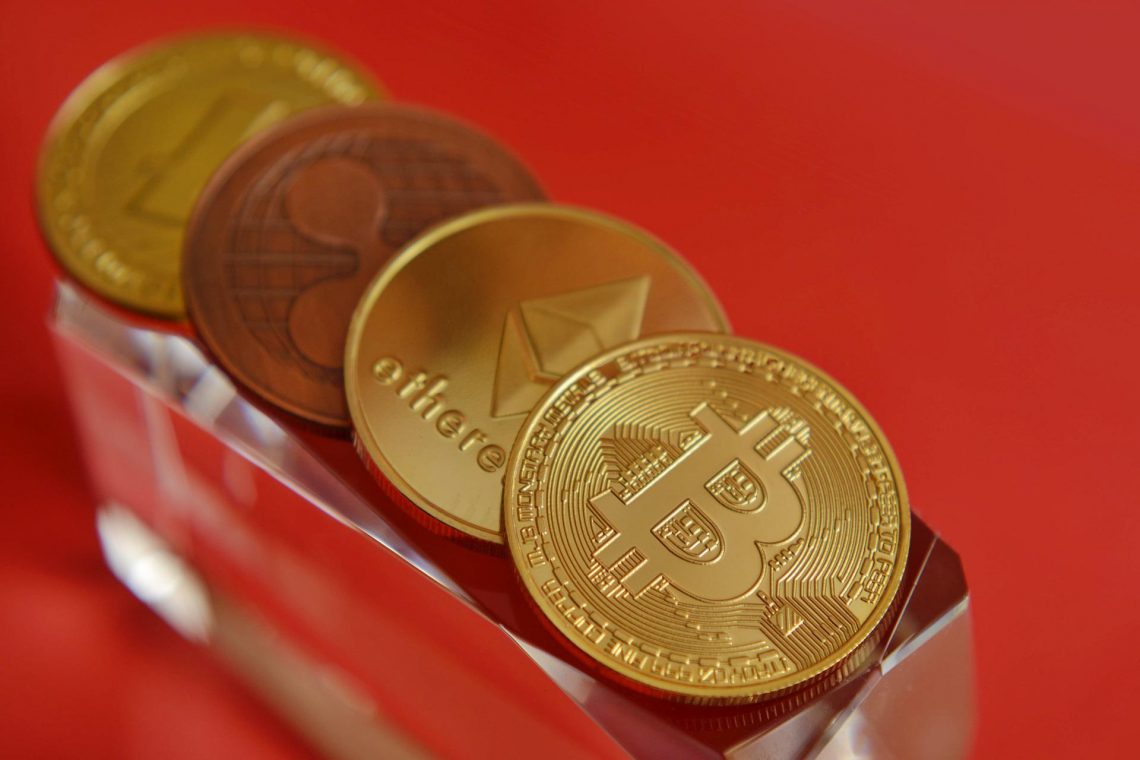In today’s digital age, the concept of ownership has become more complex than ever. With the rise of online marketplaces and social media platforms, we have created and shared countless digital assets, from photos and videos to music and art. However, the question of who owns these assets and how they can be monetized has often remained elusive. This is where blockchain NFTs come in, offering a new way to establish and verify ownership of digital assets.
So, what are blockchain NFTs? An NFT, or non-fungible token, is a unique digital asset that is stored on a blockchain. A blockchain is a decentralized digital ledger that records transactions in a secure and transparent way. Think of an NFT as a digital certificate of ownership that is stored on a blockchain. It provides a way to prove that you are the rightful owner of a digital asset, such as an image, video, or piece of music.
One of the most exciting aspects of blockchain NFTs is their potential to revolutionize the art world. For centuries, art has been bought and sold through galleries and auction houses, and ownership has been established through certificates of authenticity. However, these certificates can be difficult to verify and can be lost or damaged over time. With blockchain NFTs, artists can create digital versions of their work that are unique and verifiable.
For example, artist Beeple recently made headlines with his NFT artwork titled “Everydays: The First 5000 Days” selling for a whopping $69 million at auction. This sale established an entirely new market for digital art, proving that blockchain NFTs have significant value in the art world.
But it’s not just the art world that can benefit from blockchain NFTs. They can also be used to establish ownership of other types of digital assets, such as virtual real estate, gaming items, and even tweets. Twitter CEO Jack Dorsey recently sold his first tweet as an NFT for $2. 9 million, demonstrating the potential for blockchain NFTs to unlock value in unexpected places.
Another exciting aspect of blockchain NFTs is their potential to empower creators and consumers. Through blockchain NFTs, creators can establish ownership of their digital assets and monetize them directly, without the need for intermediaries such as galleries or record labels. This can give creators greater control over their work and enable them to earn more money from it.
Consumers, on the other hand, can have greater confidence in the authenticity of digital assets they purchase. With blockchain NFTs, they can be sure that the asset they are buying is unique and verifiable, reducing the risk of fraud or counterfeit.
There are, of course, challenges to be addressed in the adoption of blockchain NFTs. One major concern is the environmental impact of blockchain technology, which requires significant energy consumption to maintain the security and transparency of the network. However, efforts are underway to develop more sustainable blockchain solutions, and it’s likely that the technology will continue to evolve over time.
Blockchain NFTs offer a new way to establish and verify ownership of digital assets. They have the potential to revolutionize the art world and unlock value in unexpected places. By empowering creators and giving consumers greater confidence in the authenticity of digital assets, blockchain NFTs can create a more equitable and transparent digital economy. While there are challenges to be addressed, this emerging technology is poised to transform the way we think about ownership in the digital age.






